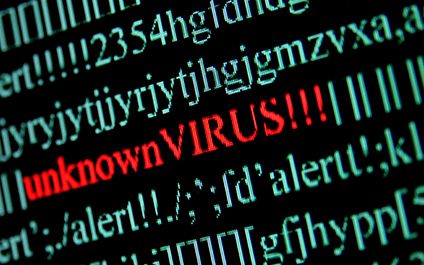
Thousands of viruses are currently circulating on the Internet with more being discovered daily. So how does a virus get its name?
There is no official government body or organization that names viruses. In most cases, the anti-virus company that discovers it gets to name it; and, it’s a very competitive race to see who can discover new viruses first!
The criminals creating viruses like to leave clues as to what they want their virus to be named, but researchers who discover (and fight) them don’t give their authors the satisfaction of keeping the name. To hackers, creating a destructive, difficult to disable virus is a badge of honor. So instead of giving these cyber criminals the publicity they crave, virus researchers will name a virus based on the type of system it attacks, what it does, or other random reasons.
For example, the Code Red virus got its name from an eEye Digital Security researcher's beverage of choice -- the cola variety of Mountain Dew soft drink. Apparently he was drinking this the night he cracked the corruptive code.
Creativity aside, most anti-virus companies have policies and letter-number formulas for naming viruses because it’s becoming more and more difficult to come up with unique names for viruses. Symantec’s Norton anti-virus software currently has a catalogue of over 58,193 known viruses—and the number grows every day.



